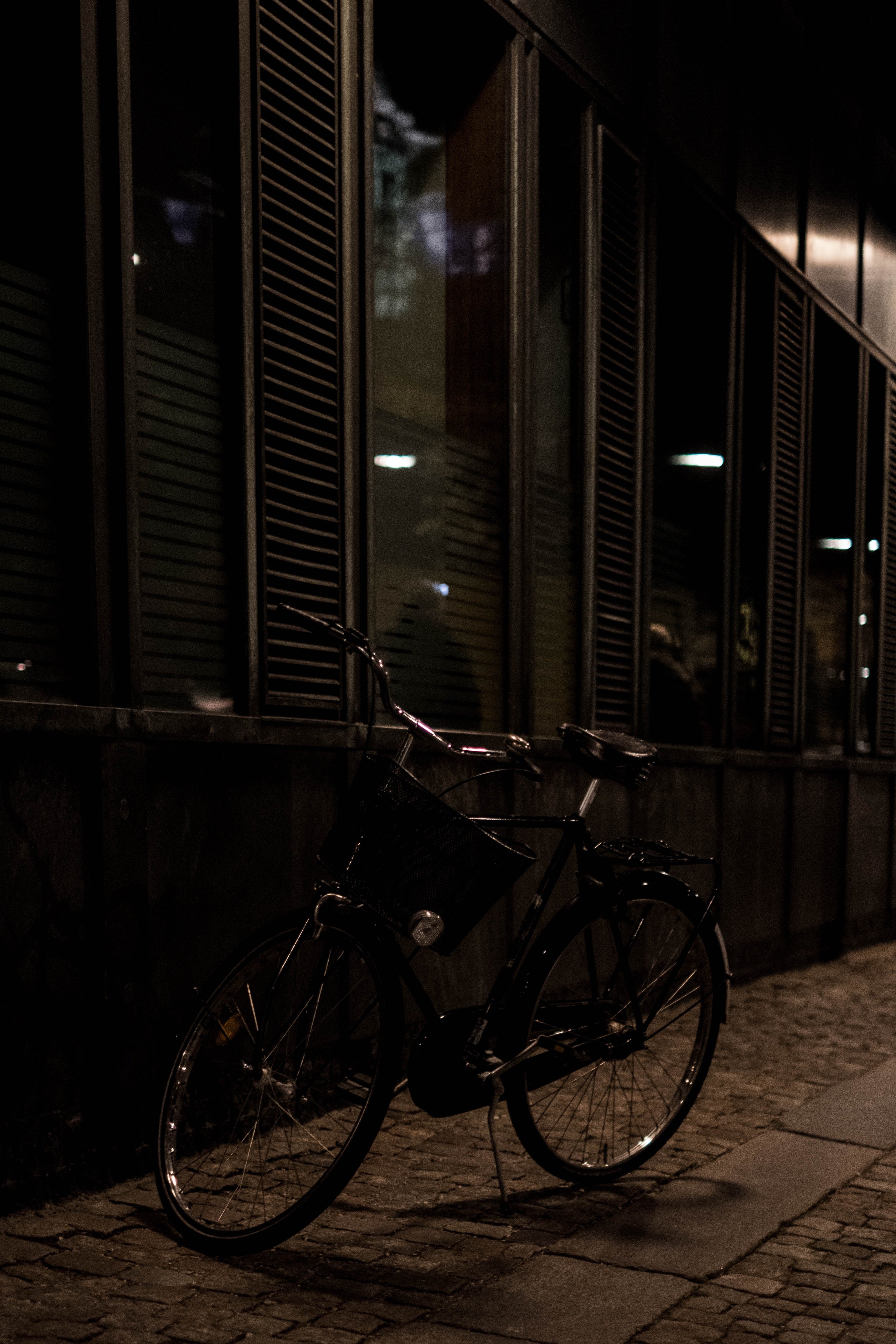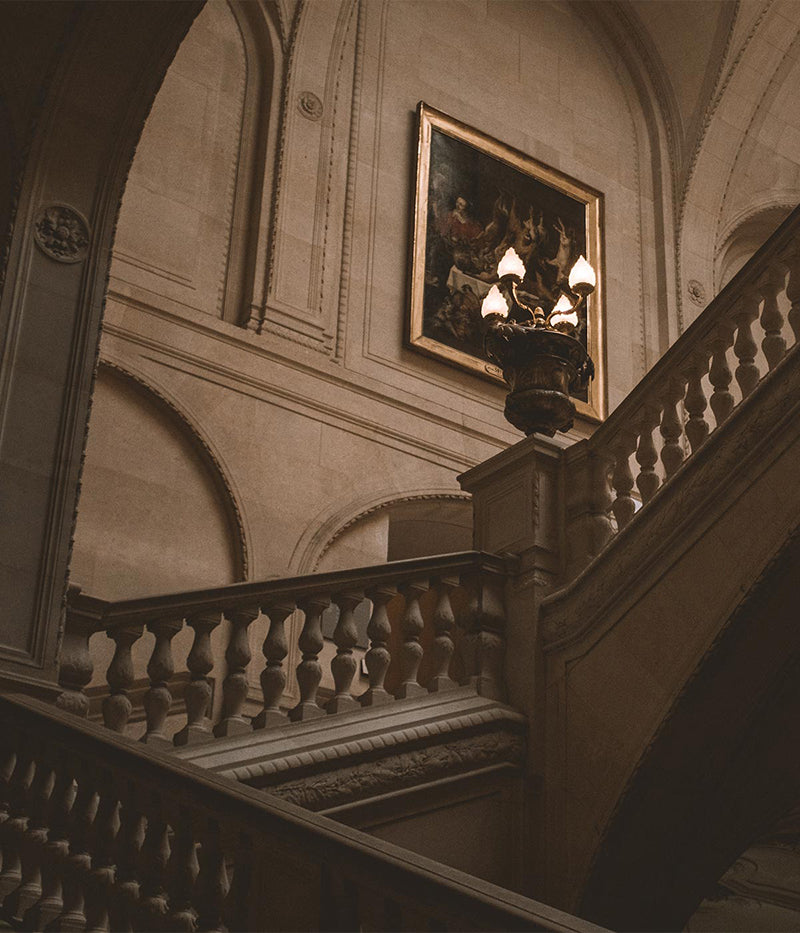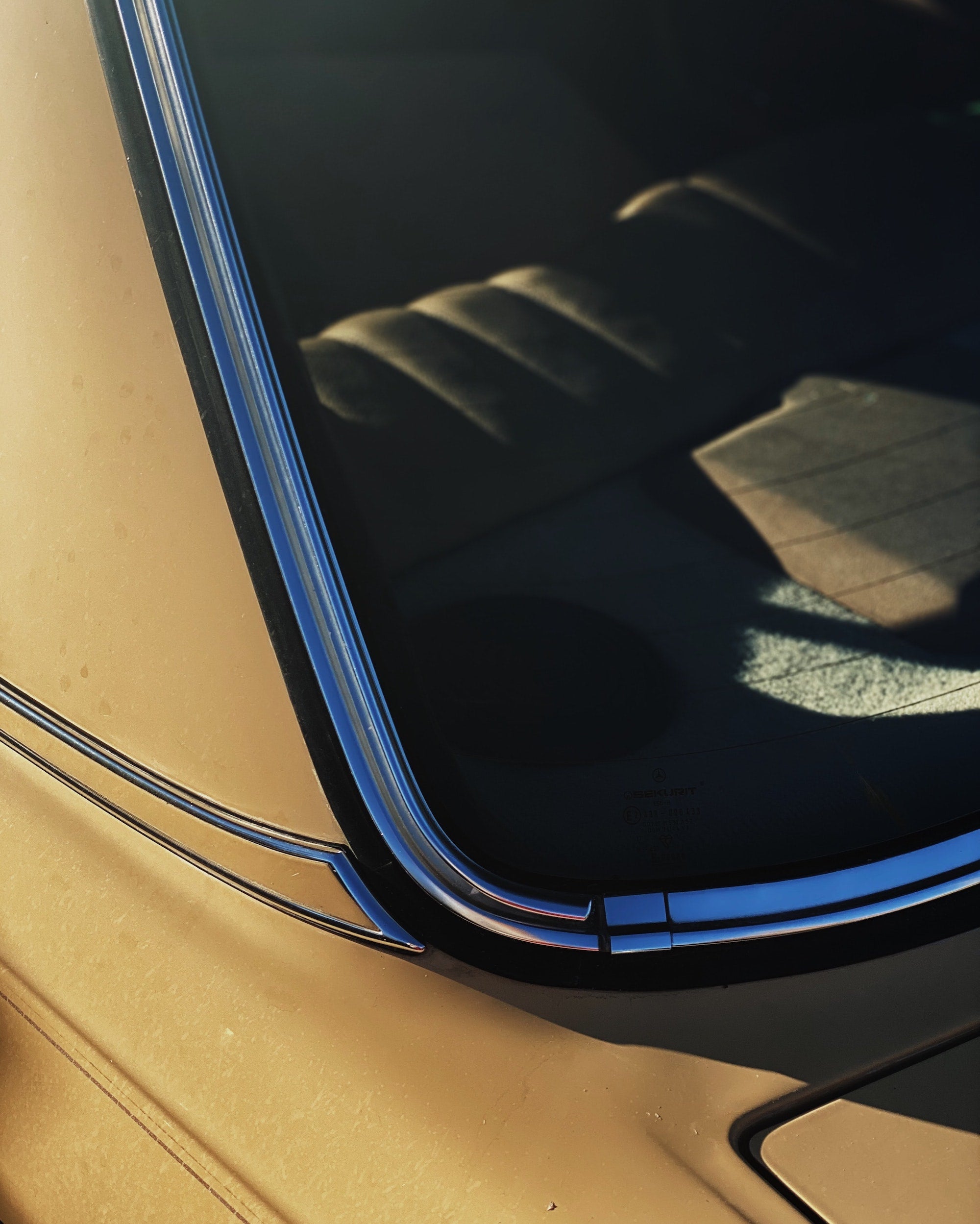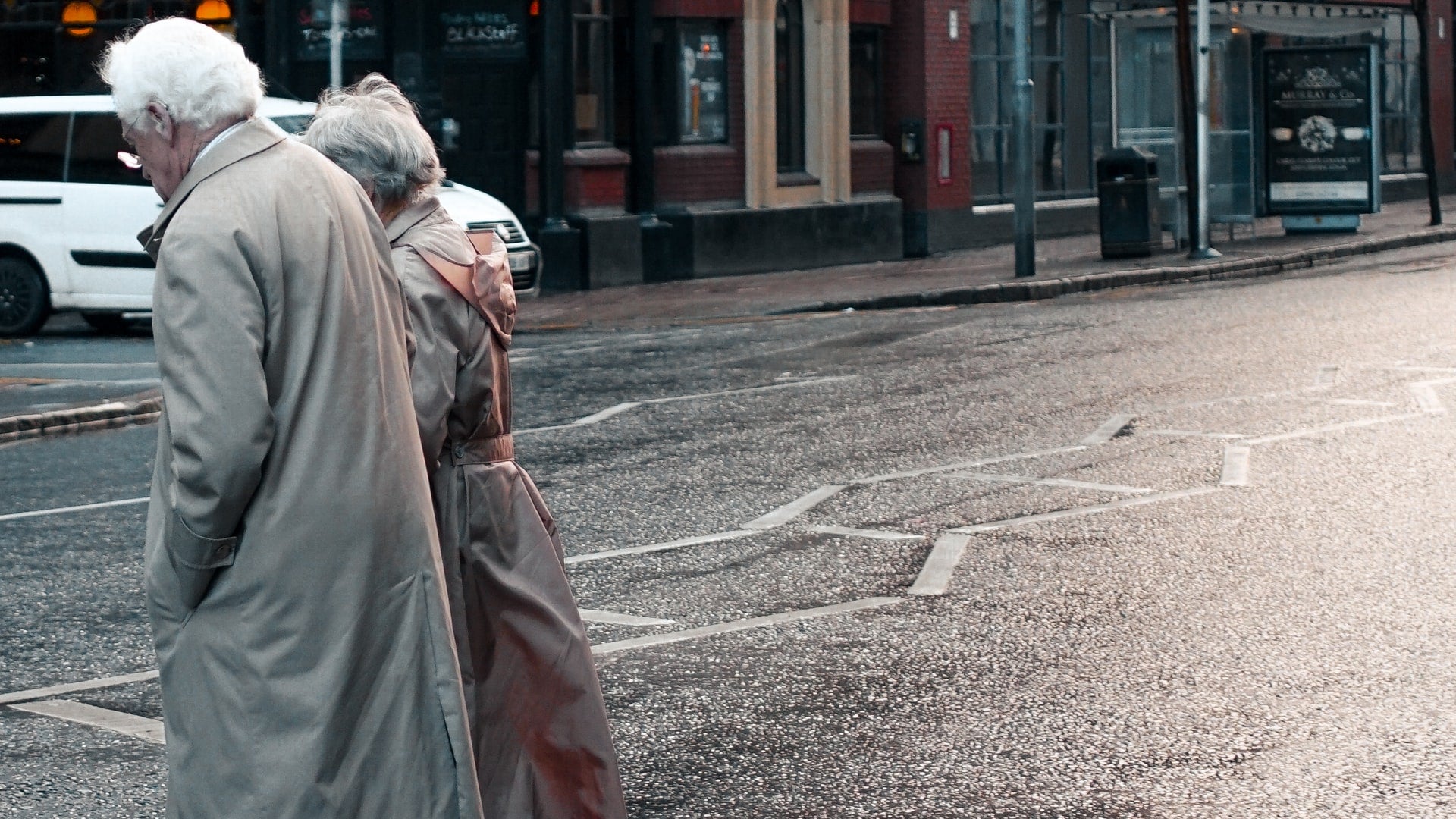How Amsterdam got the world’s first sex museum.

It may be dated, but there’s something to be said for the first of its kind.
If you were guessing the location of the world’s first sex museum, Amsterdam would seem like a pretty safe bet. And, in 1985, it did become home to Sexmuseum Amsterdam, also known as Venustempel.
Smack in the middle of the city, two minutes away from Amsterdam Centraal station, housed within a beautiful 17th-century terrace of higgledy-piggledy former homes, lies the labyrinthine collection. There were sex-themed collections within larger museums prior to this, secret rooms and hidden collections, notably the British Museum’s ‘Secretum’ and the ‘Secret Museum’ of Naples—actually a collection within the National Archaological Museum. However, these weren’t accessible to the public, and were kept under lock and key for invitees only.
As museums go, Sexmuseum Amsterdam is arguably more along the lines of a saucier Ripley’s Believe It Or Not! than the Smithsonian. Academic Jennifer Tyburczy describes it in her study of sex museums as having, in particular, “a fun-house atmosphere”. It’s a fun spot to pop into for a few hours when it’s raining, get some outrageous selfies with giant penis statues and learn a few possibly-apocryphal one-line factoids about historical figures’ sex lives.
Every room named after a different figure—Mata Hari, Marquis de Sade, Rudolf Valentino, Oscar Wilde, Marquise de Pompadour—houses a mish-mash of objects. There are recreations of ancient Indian erotic sculptures, scandalous Victorian artworks, 16th-century chastity belts, banned orgy-themed engravings, ivory dildos and, for some reason, a life-sized moving model of a flasher. (Or, in Dutch, “potloodventer” or “pencil salesman”.)
There are mannequins wearing ball-gags and strap-ons, six-foot veiny penises and dusty, half-broken life-size sculptures of historical figures including Marilyn Monroe and Josephine Baker. Lift the seat in the toilet and you’re greeted with a detailed painting of male genitals as they would be seen from a toilet’s-eye view.
In terms of educational value, historical accuracy and general entertainment, it’s not a great museum. There’s also a much larger focus on men having a good time than women. But it exists, and it was the first.
While a lot of its clientele might be leering, gurning college students doing it for the ‘gram, the legitimizing of certain points of view and experiences by featuring them in a museum, even a slightly silly one, is an important thing. In 2009, an exhibit in Bristol, UK, featuring statues in bondage gear prompted activist Julie McNamara to write that “I had never before come across aspects of Lesbian, Gay or Queer life reflected back at me in the context of the museum milieu, certainly not outside Amsterdam’s Venustempel sex museum.”
Amsterdam’s approach to the sex industry has changed since the museum opened. Back in 1985 it was one described by the New York Times as “legal prohibition and practical tolerance [...] the red light district of Amsterdam, with prostitutes of both sexes displaying their wares in windows, is not new — and has generally succeded in keeping prostitution in what the Dutch would call its proper place.” However, in 1988 prostitution was legalized there, and subsequent laws have been enacted to protect those involved.
Potentially, without Sexmuseum Amsterdam, other cities which now house similar facilities might not have gone for it. The development processes of New York’s Museum of Sex and similar establishments all over the world—Miami’s World Erotic Art Museum, Las Vegas’s Erotic Heritage Museum, Prague’s Sex Machines Museum, similar ones in Germany, France, Ukraine and so on—must surely have at least involved pointing to the ongoing success of Sexmuseum Amsterdam (which has more visitors per year than any other museum in the Netherlands) as a sign it might just work as an idea.
Sex education, and public attitudes towards the discussion of sex in general, have moved on a lot in the forty years since the museum opened its doors. While dusty figurines and a generally smutty attitude aren’t particularly progressive, Sexmuseum Amsterdam might have—even if inadvertently—helped move things forward.



